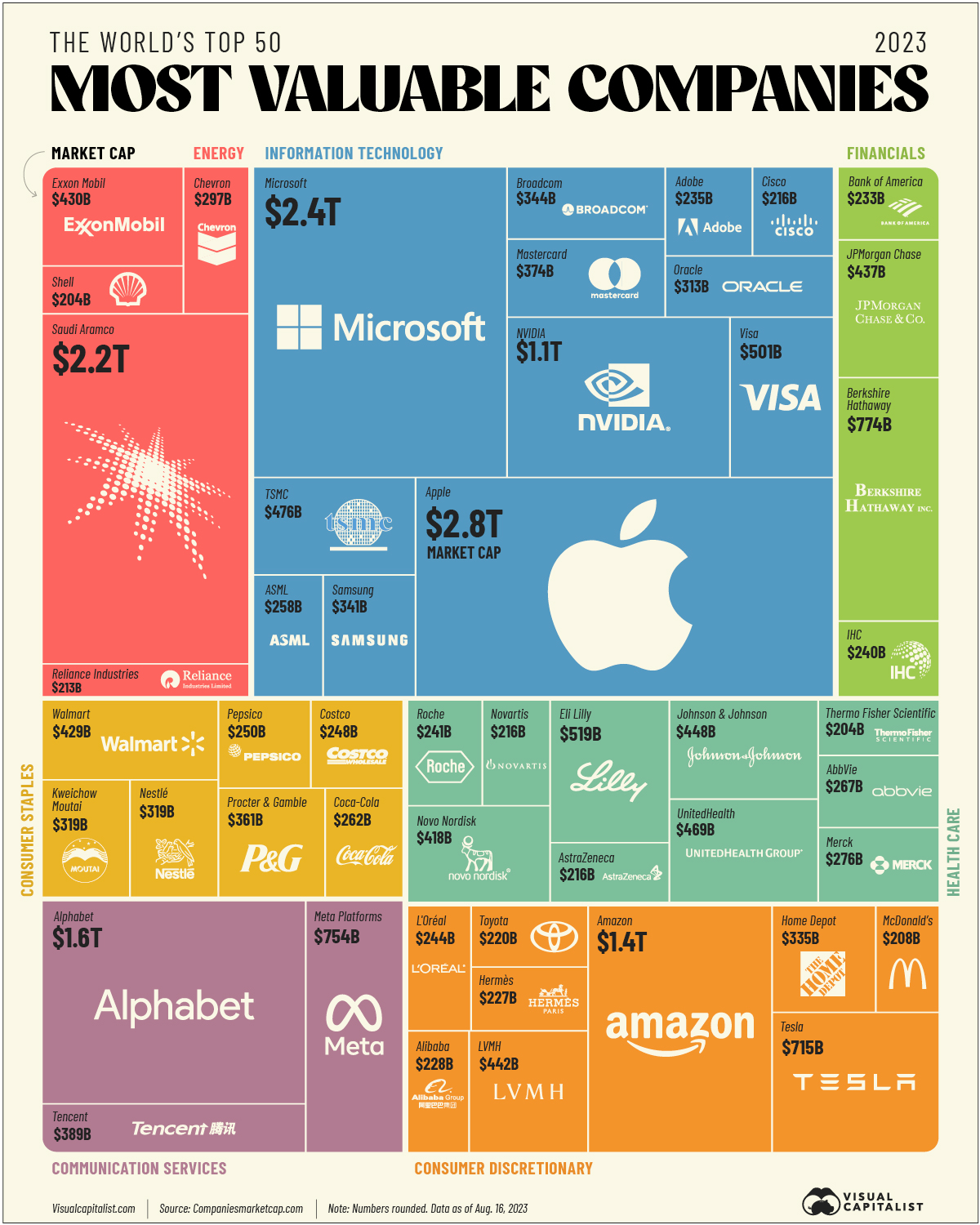Portable Electronics Revolution
페이지 정보
작성자 Cathern 작성일25-07-26 07:05 조회22회 댓글0건관련링크
본문
 The world of portable electronics has seen considerable growth over the past few years of years, with small devices such as cellphones, computers and touchscreens turning into an integral part of our lifestyle. Behind the scenes of these devices rests a complex system of power management, which facilitates specialized Integrated Circuits (ICs) known as Power Management ICs (PMICs). In the realm of power management, highly specialized battery power supplies play a pivotal role in guaranteeing efficient and safe charging of batteries.
The world of portable electronics has seen considerable growth over the past few years of years, with small devices such as cellphones, computers and touchscreens turning into an integral part of our lifestyle. Behind the scenes of these devices rests a complex system of power management, which facilitates specialized Integrated Circuits (ICs) known as Power Management ICs (PMICs). In the realm of power management, highly specialized battery power supplies play a pivotal role in guaranteeing efficient and safe charging of batteries.A Battery Charger exists as an buy obsolete electronic components device that converts Raw Power from a power source, such as a wall outlet, into Clean Power, which can be employed to charge a battery. The primary function of a battery charger is to convert the input AC power into a stable DC output that can be efficiently and safely charged into a battery. Most battery chargers use a simple DC-DC converter circuit to accomplish this task, with common charger designs featuring switching regulators and voltage controlled switching regulators and voltage-limited charging routines.
Power Management ICs (PMICs) are highly integrated ICs that merge multiple power-management routines into a single device. These ICs facilitate safe and efficient charging of batteries by merging a battery charger with other vital power-management routines such as power saving modes. PMICs usually feature a high degree of integration, which enables designers to minimize the number of external components, making designs more compact and affordable.
In recent advancements in technology have resulted in the innovation of highly highly interconnected power management ICs that can manage a extensive range of power chemistries and capacity values. These PMICs often feature multiple charger interfaces featuring USB power ports, Li-ion charging, and Polymer Lithium-ion interfaces. In addition, they often feature advanced power-management modes such as battery monitoring power-saving routines, and thermal control.
The widespread adoption of Smart Power ICs has significantly improved the performance and safety of portable electronics. Modern PMICs are capable of attaining high power-conversion efficiencies, normally exceeding 90, resulting in longer battery lifetimes and reduced heat rise. Moreover, these ICs often feature built-in protections such as overcharge, DC undervoltage protection, and temperature control protection to guarantee safe operation and prolong battery lifespan.
When developing a power-management system, it is vital to evaluate the characteristics of the battery being used. Different battery chemistries such as Ni Cd, NiMH, and Li-ion require distinct charging routines to ensure safe and efficient charging. PMICs, therefore, must be meticulously selected based on the battery chemistry being used.
In summary, battery chargers and Power Management ICs (PMICs) have played a essential role in developing the development of portable devices. By integrating multiple power-management capabilities into a single device, PMICs allow safe and efficient charging of batteries while minimizing the complexity and expense of items. As technology progresses to develop, we can expect even more mature PMICs that will drive the development of increasingly compact and low-power portable items.
댓글목록
등록된 댓글이 없습니다.










